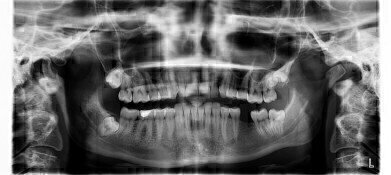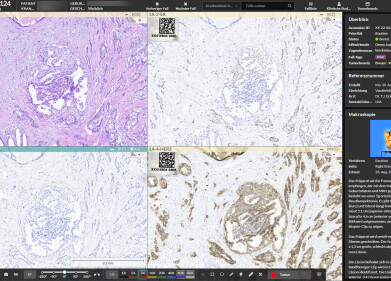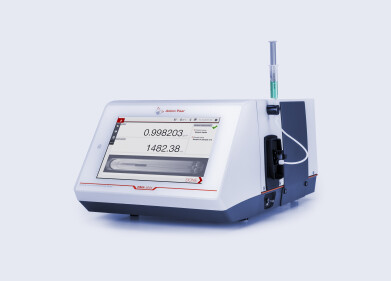Laboratory Products
What is XFEL?
Sep 11 2017
With a price tag of more than a billion euros, one of the most powerful X-ray machines ever built is officially open for business in Germany. The ultra-advanced facility is called the European X-ray Free Electron Laser (XFEL) and will be used to study the detailed structure of matter, atom by atom.
Laser powered x-rays
So how does it work? The machine is a superconducting linear accelerator housed in a 3.4 kilometre long tunnel complex. Some 40 metres sit beneath Hamburg, as well as the nearby town of Schenefeld. Its lengthy footprint allows it to accelerate clusters of electrons to almost light-speed, then power them down a slalom course controlled by a system of magnets known as undulators.
As the electrons bend and turn down the tunnel they emit flashes of X-rays. The particles then interact with this radiation which forces them to bunch even tighter. The result is an ultra- compact configuration which not only intensifies light emission but also facilitates coherence. This means that the X-rays emerge "in sync" and essentially have the properties of laser light. The electrons are then siphoned off, leaving the X-ray flashes to hit their experimental targets.
Germany expecting “ground-breaking results”
Prof Robert Feidenhans'l is MD of the non-profit company established to run the facility, and has confirmed that after more than eight years of construction XFEL is ready for operation.
"It's a fantastic and exciting day for us to open the European XFEL for operation after more than eight years of construction," he said in the facility’s official inauguration ceremony. "I now declare we are ready to take data; we are ready to meet the challenge of getting ground-breaking results."
A step towards single particle imaging
For the medical industry XFEL represents a host of exciting new opportunities. The light generated by XFEL is about a billion times brighter than the average X-ray facility, and can also deliver trillions of X-ray photons in a pulse lasting just 50 femtoseconds.
Oxford University's Prof Elspeth Garman sits on the committee that will allocate experimental time to scientific teams, explaining "the huge hope for XFEL is that we will be able to do single particle imaging.”
Light plays a pivotal role in medical research, and it’s not just X-rays that are empowering scientists with knowledge. ‘Different Measuring Techniques Provide Different Results – But What is the Truth?’ explores the pros and cons of dynamic image analysis (DIA), static laser light scatter-ing (SLS, also called laser diffraction) and sieve analysis, the most common techniques used to determine particle size distribution.
Digital Edition
International Labmate 49.6 - Sept 2024
September 2024
Chromatography Articles - HPLC gradient validation using non-invasive flowmeters Mass Spectrometry & Spectroscopy Articles - From R&D to QC, making NMR accessible for everyone: Putting NMR...
View all digital editions
Events
Oct 15 2024 Milan, Italy
Oct 17 2024 Dhaka, Bangladesh
Oct 20 2024 Fort Worth, TX, USA
Oct 21 2024 Dalian, China
Oct 30 2024 Birmingham, UK









.jpg)








